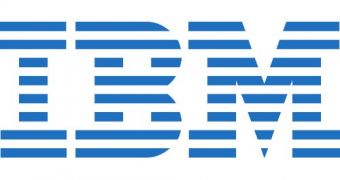Whether due to recent findings that the PC is declining or not, IBM has announced a breakthrough in the field of cognitive computing, one that might actually spawn computers that can learn by themselves.
IBM has been experimenting with new chip designs for quite some time and it looks like it might pull off something similar to what it did 30 years ago.
For those that need a reminder, the outfit was the first one to actually create a personal computer, the IBM PC that turned 30 last week.
Sadly, IBM is of the opinion that PCs are already in decline, although its newest breakthrough may stave off the end or even herald a new beginning for the computer industry.
Basically, the outfit made a step forward in its research of cognitive chips capable of emulating the perception, action and cognition functions of the human brain.
The outfit combined nanoscience with neuroscience, as well as supercomputing, in order to get where it is now.
The behavior of spiking neurons and synapses in biological systems has already been recreated by these first neurosynaptic computing chips, as they are called.
The chips do not have biological elements, but the digital silicon circuits do draw inspiration from neurobiology. This “neurosynaptic core” has integrated memory (replicated synapses), computation (replicated neurons) and communication (replicated axons).
All in all, IBM intends to allow for the creation of systems that can create hypotheses, make correlations and remember outcomes, effectively learning from experience.
“This is a major initiative to move beyond the von Neumann paradigm that has been ruling computer architecture for more than half a century. Future applications of computing will increasingly demand functionality that is not efficiently delivered by the traditional architecture,” said Dharmendra Modha, project leader for IBM Research.
“These chips are another significant step in the evolution of computers from calculators to learning systems, signaling the beginning of a new generation of computers and their applications in business, science and government.”

 14 DAY TRIAL //
14 DAY TRIAL //